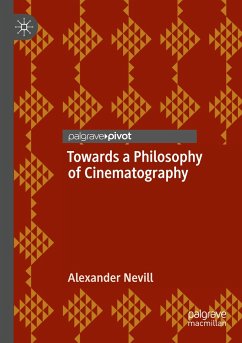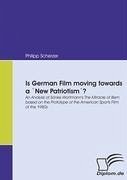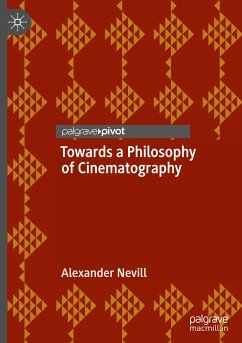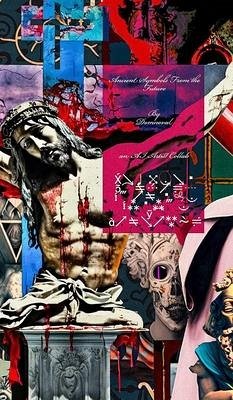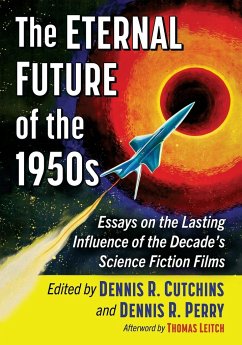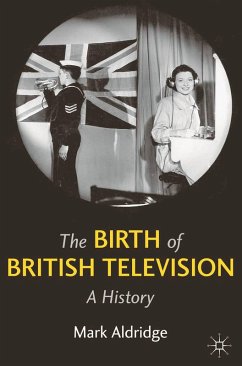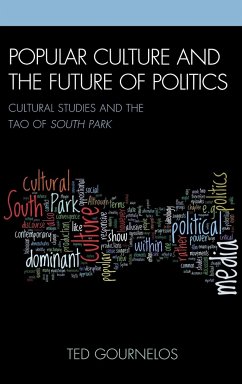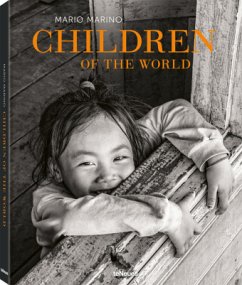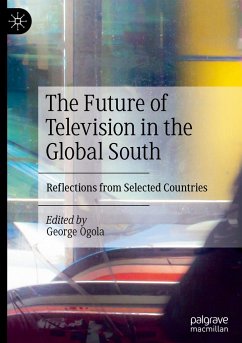Nicht lieferbar

Hurled Towards the Future
Lesbian Photography and Queer Imagination in 1980s London
Versandkostenfrei!
Erscheint vorauss. 9. Juni 2026
40,99 €
inkl. MwSt.
The first art-historical account of photography from London’s lesbian sex-radical scene Hurled Towards the Future explores how lesbian photographers in late 1980s and early 1990s London worked within a climate of resistance and possibility to imagine—and create—a queer future. Focusing on the work of Tessa Boffin and Del LaGrace Volcano, this book argues that, through their photography, these artists made a critical contribution to the reclamation of “queer” as both a political identification and an aesthetic practice. Challenging the idea that queer politics and aesthetics dev...
The first art-historical account of photography from London’s lesbian sex-radical scene Hurled Towards the Future explores how lesbian photographers in late 1980s and early 1990s London worked within a climate of resistance and possibility to imagine—and create—a queer future. Focusing on the work of Tessa Boffin and Del LaGrace Volcano, this book argues that, through their photography, these artists made a critical contribution to the reclamation of “queer” as both a political identification and an aesthetic practice. Challenging the idea that queer politics and aesthetics developed solely through activism around HIV/AIDS, Hurled Towards the Future offers an alternative account that locates this history in a Britain shaped by Section 28, the sex wars, and a series of debates around pornography and representation. While those disputes often sought to fix the meaning of “lesbian” and “feminist,” Boffin and Volcano moved in a different direction, and created work that used performance, parody, and fantasy to ask “what if?” of gender and sexuality—reimagining these terms as open, fluid, and radically inclusive. The first art-historical study of London’s lesbian sex-radical scene, Hurled Towards the Future features its most iconic photographs and includes previously unpublished materials from Boffin’s archive. It also provides a new reading of Volcano’s early practice, positioning both artists in relation to British photo theory and the tools it offered to challenge the idea of “natural” gender and sexuality. These threads are brought together though the book’s articulation of the subjunctive—a mood at work in these artists’ photographs that insists on possibility, and on the political force of imagining otherwise.




